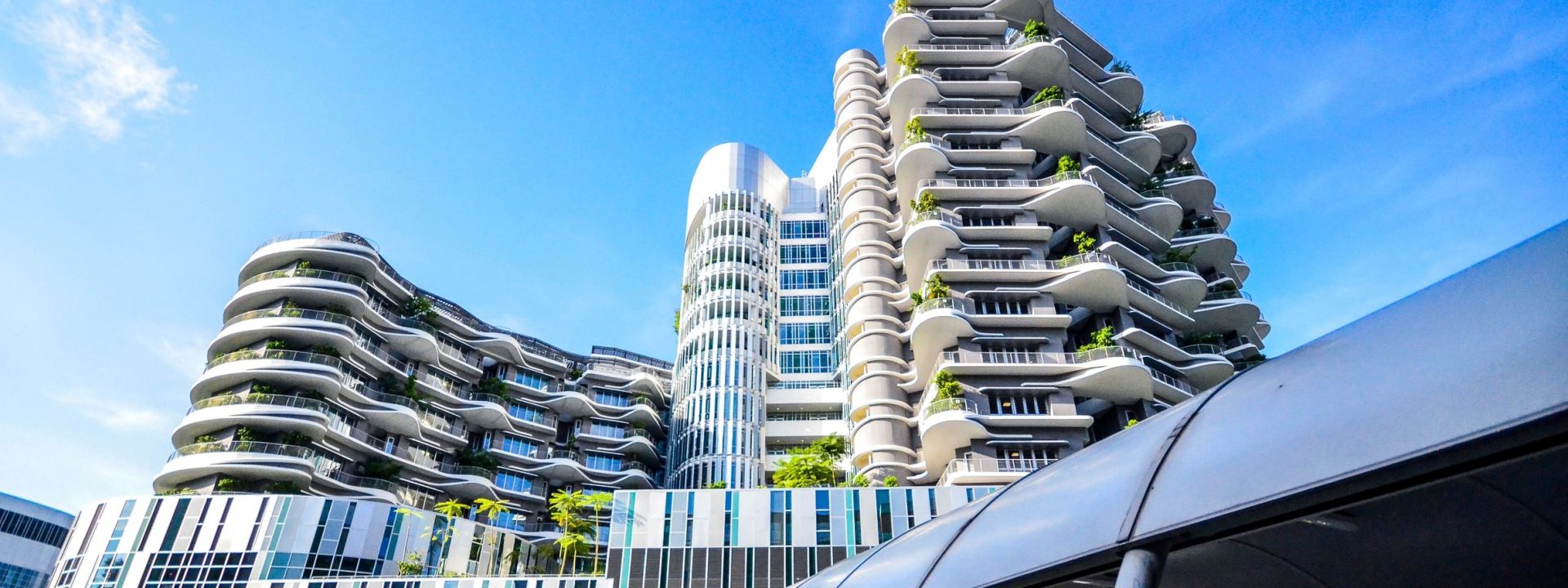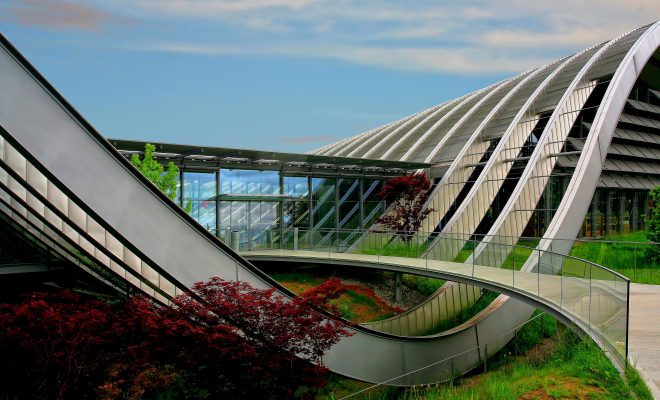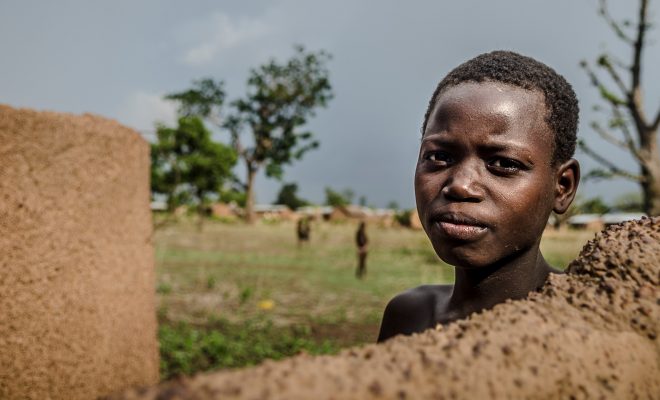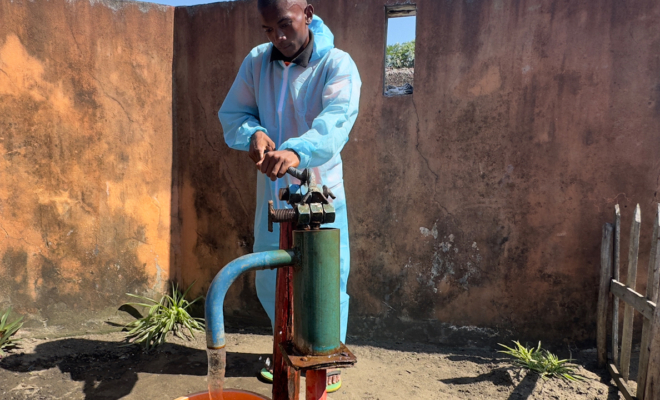There will be increasingly more people in urbanized spaces: 11.2 billion people will inhabit the Earth at the end of the century, and between 85-90 % of them will live in cities. By 2050, 75 % of the population will live in megasuburbs that will be the result of the merging of large cities and the absorption of their urbanized environment.
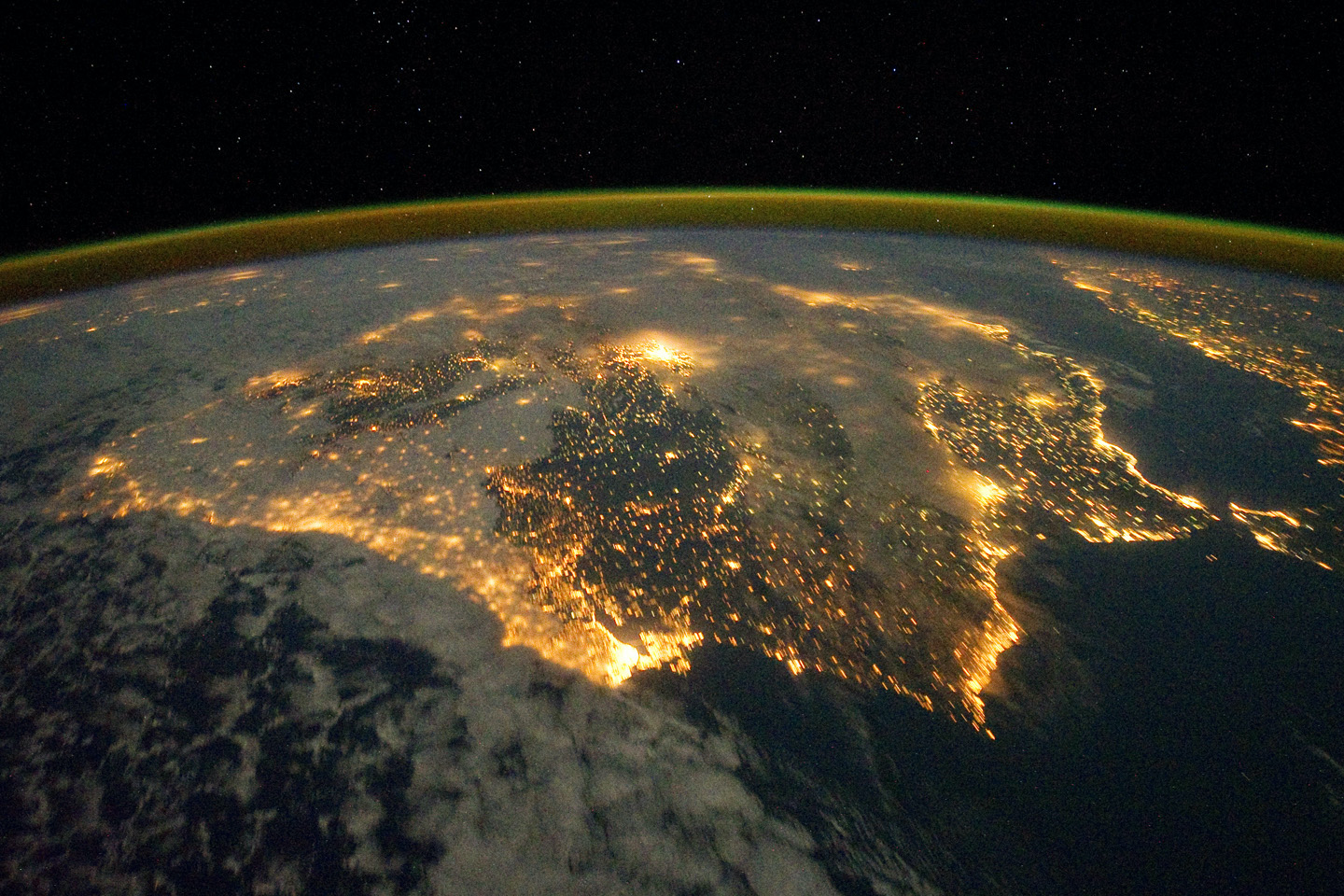
By 2050, 75 % of the population will live in megasuburbs.NASA_Goddard_Photo
This is an immense environmental challenge, especially when it comes to the absorption of more energy and water resources, something inherent to cities. This will put the entire water cycle under greater stress, increasing the polluting potential due to deficient sanitation. This is a scenario that climate change will only worsen. The reaction must be immediate and intelligent. And we cannot imagine this reaction without the direct involvement and leadership of architecture, urbanism and the building industry.
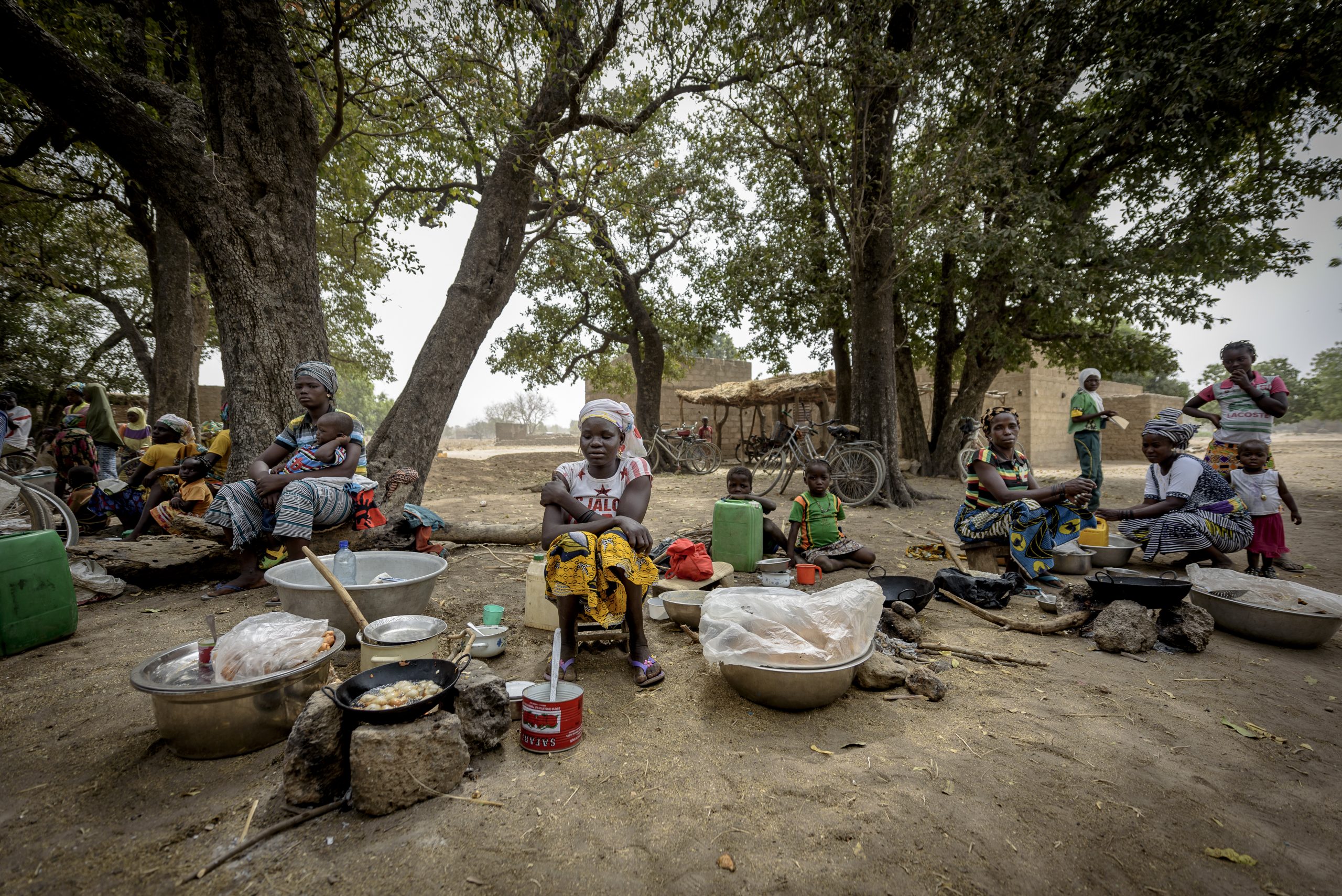
“700 million people live in extreme poverty,”.Carlos Garriga. © Carlos Garriga / We Are Water Foundation
An immediate reaction
Born amidst the Covid-19 pandemic as part of the Smart Water platform, the Smart Reaction initiative aims to take on this survival and justice challenge through water, and do it with dialogue and cooperation to make the most of the opportunities brought by the profound change we are experiencing.
On the 27th October the Smart Reaction debate brought together four architects – Jorge Arditti, Jaime Ventura, Susel Biondi and Jugatx López Amurrio – and three professionals from the tourism branch – Enrique Villanueva, Jorge del Olmo and Suzana Gomercic – who met in the virtual room of the Expo CIHAC Digital held in Mexico City. The debate, moderated by David Cámara, one of the promoters of the Smart Water initiative, was also attended by Carlos Garriga,director of the We Are Water Foundation, driving force of the platform.
An unbearable reality in the face of a future that mustn’t be so
The Covid-19 pandemic has further revealed the unsustainable course of the current socioeconomic evolution. Carlos Garriga provided figures related to a reality that has long been dystopian. “700 million people live in extreme poverty,” the director of the Foundation pointed out, “and the pandemic will leave more people behind: extreme poverty could increase in 150 million by 2021.” David Cámara stressed the importance of “how” we will recover the economic activity and the key role architecture, design and the construction industry will play in it, as these are essential sectors for change: “They are social transformation agents with enormous power and therefore with great responsibility. We now have a unique opportunity to do it and only with a shared and multidisciplinary vision will we be able to achieve it.”
In the “urban planet” we are heading towards, the importance of architecture in the path towards the Sustainable Development Goals (SDGs) is evident. This was highlighted by Jugatx López Amurrio, who stressed the 4 “Cs” that govern her work: compete, cooperate, coexist and connect. The Associate Director at the firm Luis Vidal + Arquitectos highlighted the importance of the building industry, which consumes 50 % of the materials extracted from the planet, 50 % of the energy used and 25 % of the generated waste. “It is essential to abandon the linear economy and shift to the circular one and the building industry has been very linear until now”, declared López Amurrio, who mentioned the example of sand extraction, the resource that, after water, is the more extracted in terms of volume, reaching more than 40 to 50 billion tons worldwide and growing exponentially.
The architect shared the essential question all her colleagues ask themselves: “How can we contribute to responsible change?” And she provides an answer: “By being aware of its urgency and by conveying this urgency to everyone: architects, urban planners, real estate companies and developers. And it needs to be done in two directions: “bottom-up”, raising awareness and providing inspiration to our clients, governments and administrations; and “top-down”, making manufacturers, construction companies and other colleagues understand the benefits of sustainability.” The Panamanian architect Jaime Ventura corroborated this idea and highlighted the importance of his profession in the attainment of the SDGs: “As architects, we have a huge social responsibility for sustainable production.”
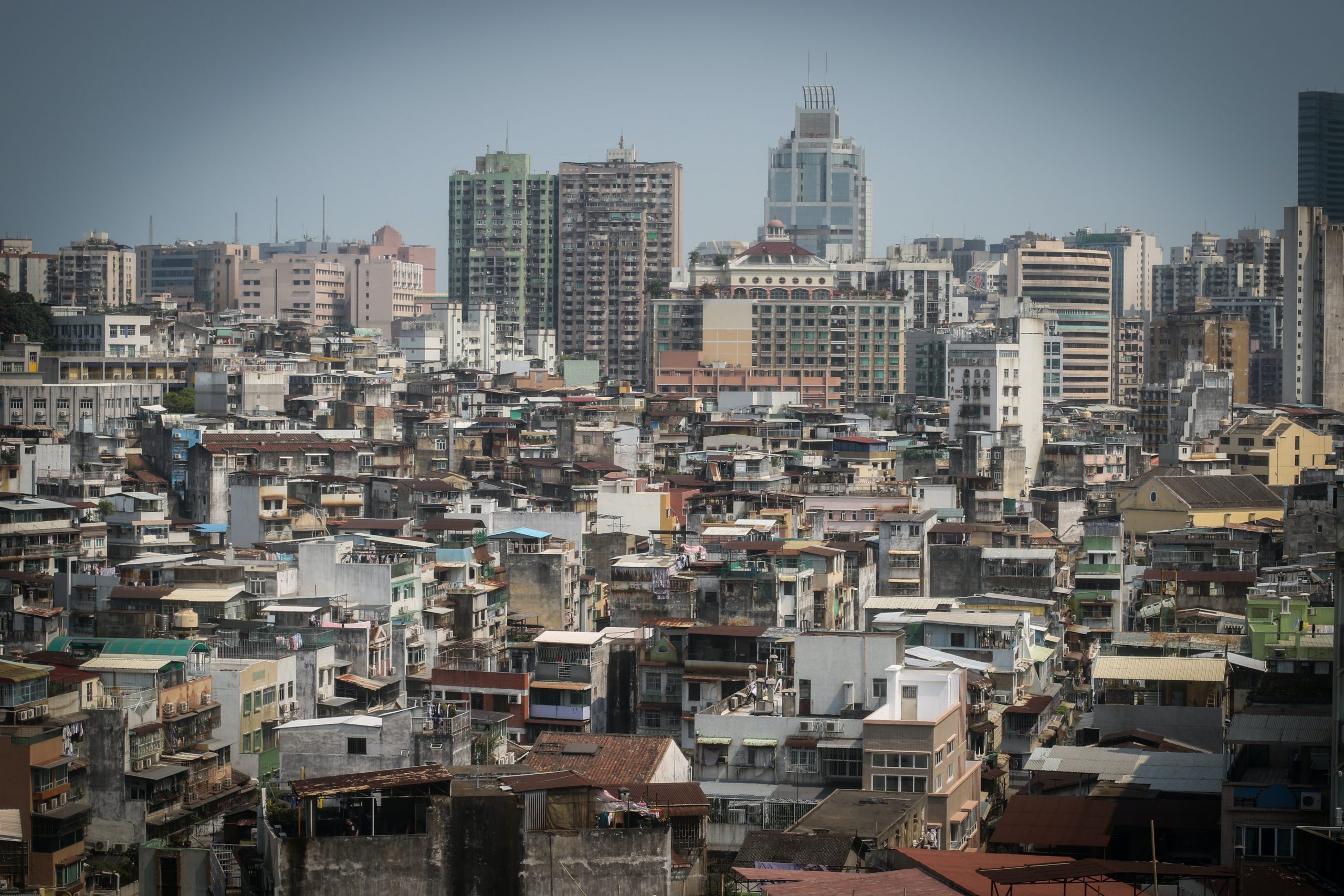
2.1 billion people do not have access to safely managed hydric infrastructures:It is something that should be in the minds of all urban planners © Macau-photo-agency-unsplash
The compelling need of fair and sustainable urban planning
Data from the evolution of the pandemic confirm the influence of the socioeconomic and urban factor in the spread of the virus. Carlos Garriga mentioned recent data: “The virus doesn’t affect everyone equally. The social and economic structure has a huge influence. In cities like Barcelona, for instance, it has been confirmed that the incidence of the virus is 26 % lower in well-off neighborhoods. This pattern is identical in other cities around the world: urban planning, public transport, housing types, ventilation in spaces, are always worse in poor neighborhoods.”
This urban analysis on a planetary scale brings us to the evidence that water is in the epicenter of sustainable development. The fact that 2.1 billion people do not have access to safely managed hydric infrastructures is something that should be in the minds of all urban planners in view of the accelerated growth of cities. The case of Mexico stands out here, as it is one of the countries with the most complicated relationship with water. Jorge Arditti pointed out that his country is setting up a paradigm for reflection: “In the near future, 25 Mexican cities will have more than one million inhabitants and, by 2030, 70 % of the population growth will occur in places where there is already pressure on water resources.”
The architect provided relevant data: “In Mexico, the volume of renewable water is of 4,000 m3 per person and year, but with great differences between regions: 27 % of the population is concentrated in the center and north of the country, where 79 % of the GDP is generated and only 32 % of the renewable water is available; 23 % of the population lives in the south, where 21 % of the GDP is generated and where 68 % of the renewable water is available”. It is a situation of imbalance that forces an immediate change of course to avoid that Mexico and many countries in a similar situation suffer a severe socioeconomic crisis by 2030.
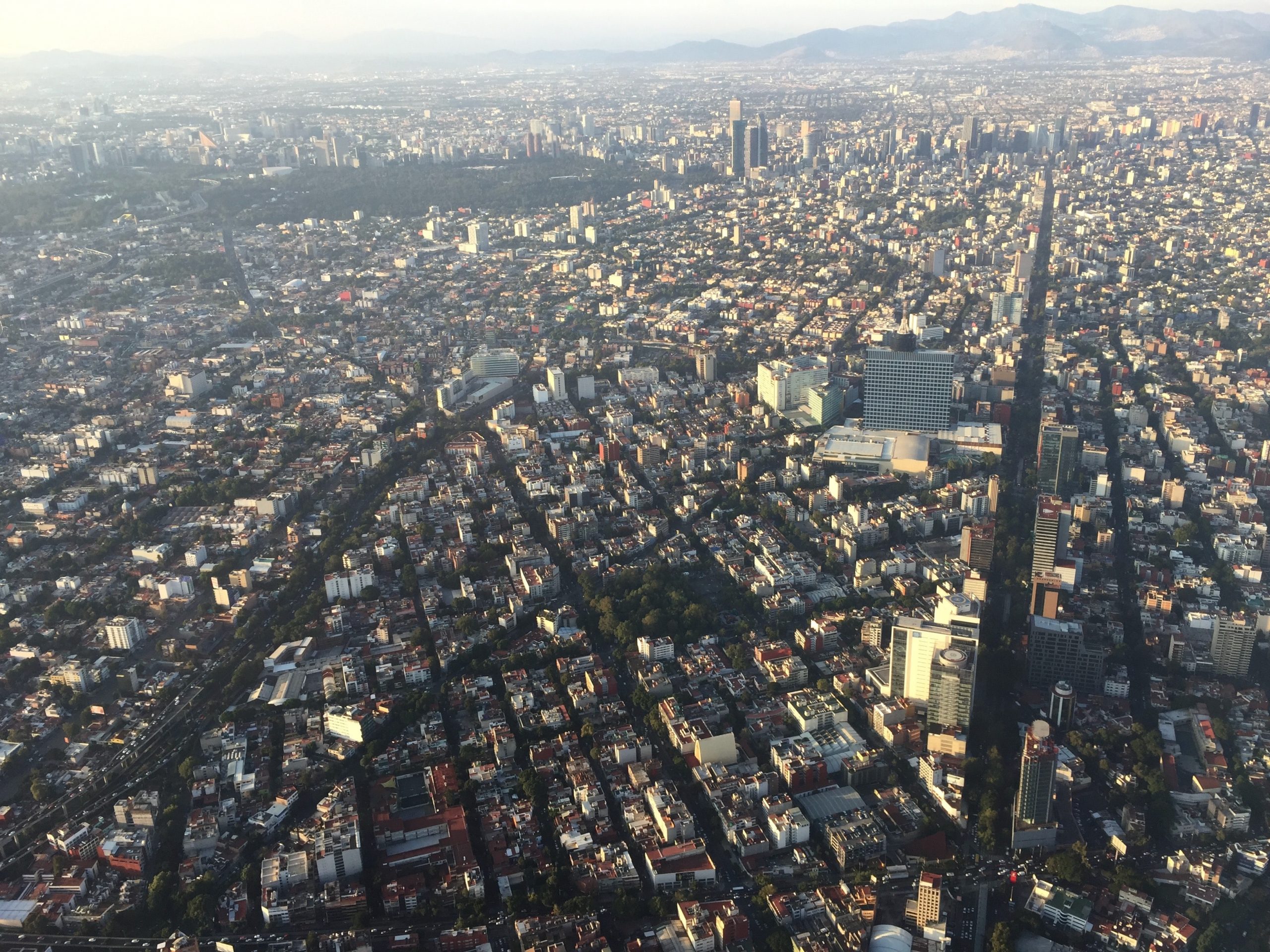
“In the near future, 25 Mexican cities will have more than one million inhabitants”. Jorge Arditti. © Nitin Badjatia-unsplash
Facing the climate crisis: planning and sustainable tourism
Climate change is already present as an unbalancing factor and all forecasts indicate that this imbalance will increase. Jaime Ventura explained how the decrease in rainfall is affecting his country, Panama: “We have always had abundant rainfall, but lately it has been raining less and this decrease in rainfall is even endangering the transit of ships through the Panama Canal.” The president of IPAUR is especially committed to water and climate change problems, and considers it essential that architecture and urban planning urgently assume this factor in their future plans.
The climate crisis has a direct impact on the tourism sector, which has been the most affected by the pandemic. Sustainable tourism is one of the keys to attain the SDGs by 2030. It is a “green economy” model at an ideal scale to face climate change, as it allows an ethical distribution of wealth towards people and the environment.
Enrique Villanueva explained the actions of Pulso Inmobiliario in the design of tourist resorts, an activity that needs to include ecological research and the development of technologies to achieve minimum environmental impact and full water self-supply: “We develop closed water circuits by reusing and collecting rainwater. We thereby achieve constructions with no connection to drainage or water supply systems. It is also essential to include native flora to rebalance the environment. All our hotels are like that now.” Villanueva valued the importance of the actions of every company: “These are small grains of sand that, as a whole, are decisive to drive change and we all must do it, now more than ever.”
Jorge del Olmo corroborated these ideas by reaffirming the importance of a radical change of vision. “Sustainability must be present at the origin of every project. All equipment must be sustainable, all materials need to be carefully chosen.” The Design and Project director of Grupo Posadas, the most important hotel group in Mexico, explained the measures they were taking regarding the sustainable use of water, an essential and unavoidable factor for the development of any project in Mexico, a major tourist power in the world.
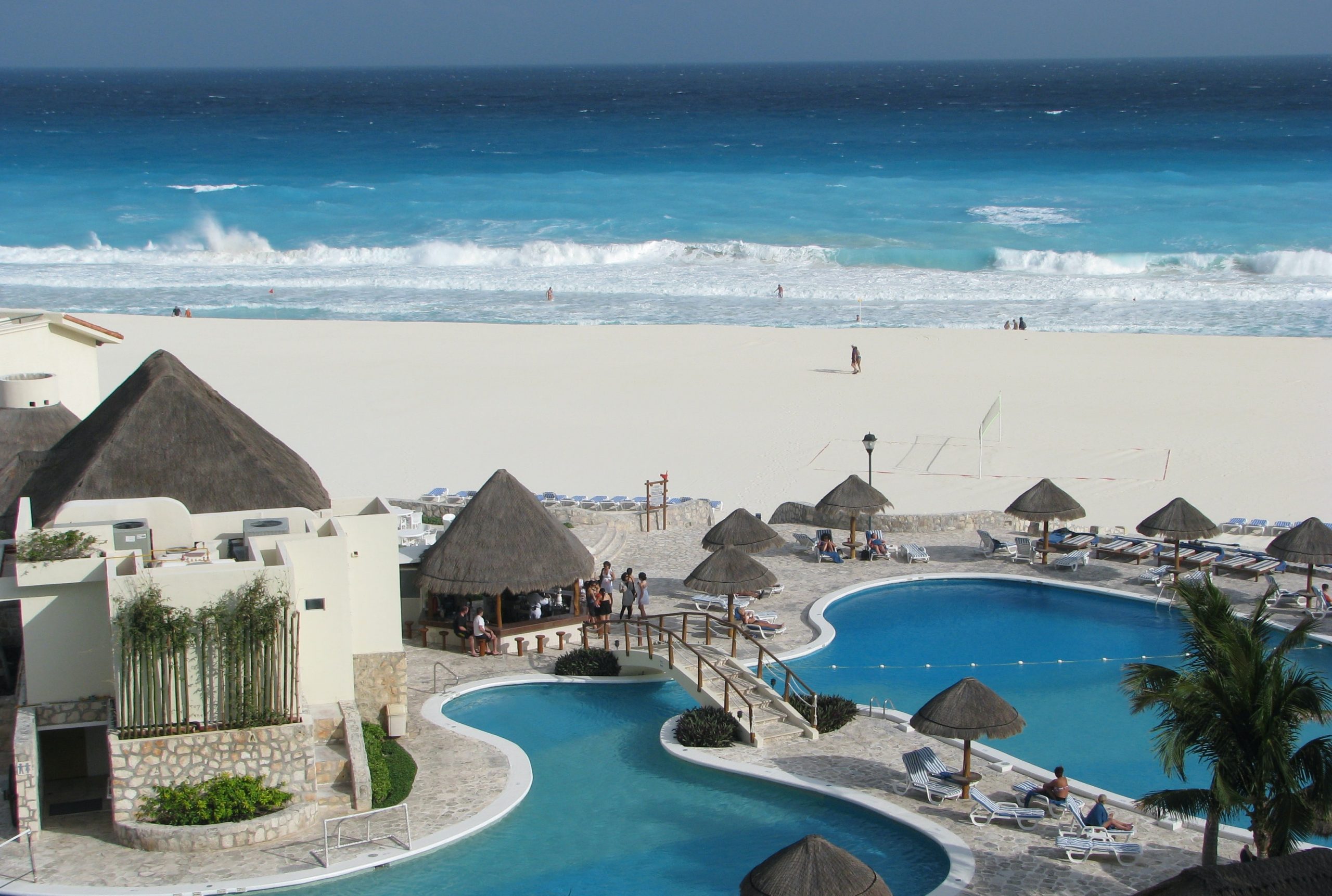
The tourism sector also has an invaluable value as a tool for the creation of a sustainability culture. © Suzy Brooks_unsplash
Hotels, sustainability awareness and transmission centers
The tourism sector also has an invaluable value as a tool for the creation of a sustainability culture. The initiative “Let’s make a deal” driven by the Foundation, was taken on in a pioneering way by Diamond Resorts in 2018, becoming an experience that reveals the key role played by the tourism sector in the challenge of raising awareness of the importance of sustainability in the use of water. Suzana Gomercic, Senior VP of European Operations of the group, explained the encouraging results of “Let’s make a deal” in their European resorts: “By encouraging the reuse of towels, we washed 29,000 fewer units and by proposing the weekly use of the same bed sheets, we saved 110,000 liters. Overall, between towels and bed sheets, we have used 500,000 liters less water in our laundry.”
The experience has been very revealing and encouraging in raising the awareness of guests and the entire staff. Let’s Make a Deal has promoted a collaborative spirit that has benefited from the organization of educational activities, such as “Aquanauts”, with excellent results among children and their families: “Combining sustainability and leisure programs is ideal to raise awareness of cooperation and to create positive habits that guests took with them when they returned home. Proof of this success is that we managed to raise €40,000 in donations for the projects of the Foundation in India, Guatemala and Indonesia. We really made the message come true.”
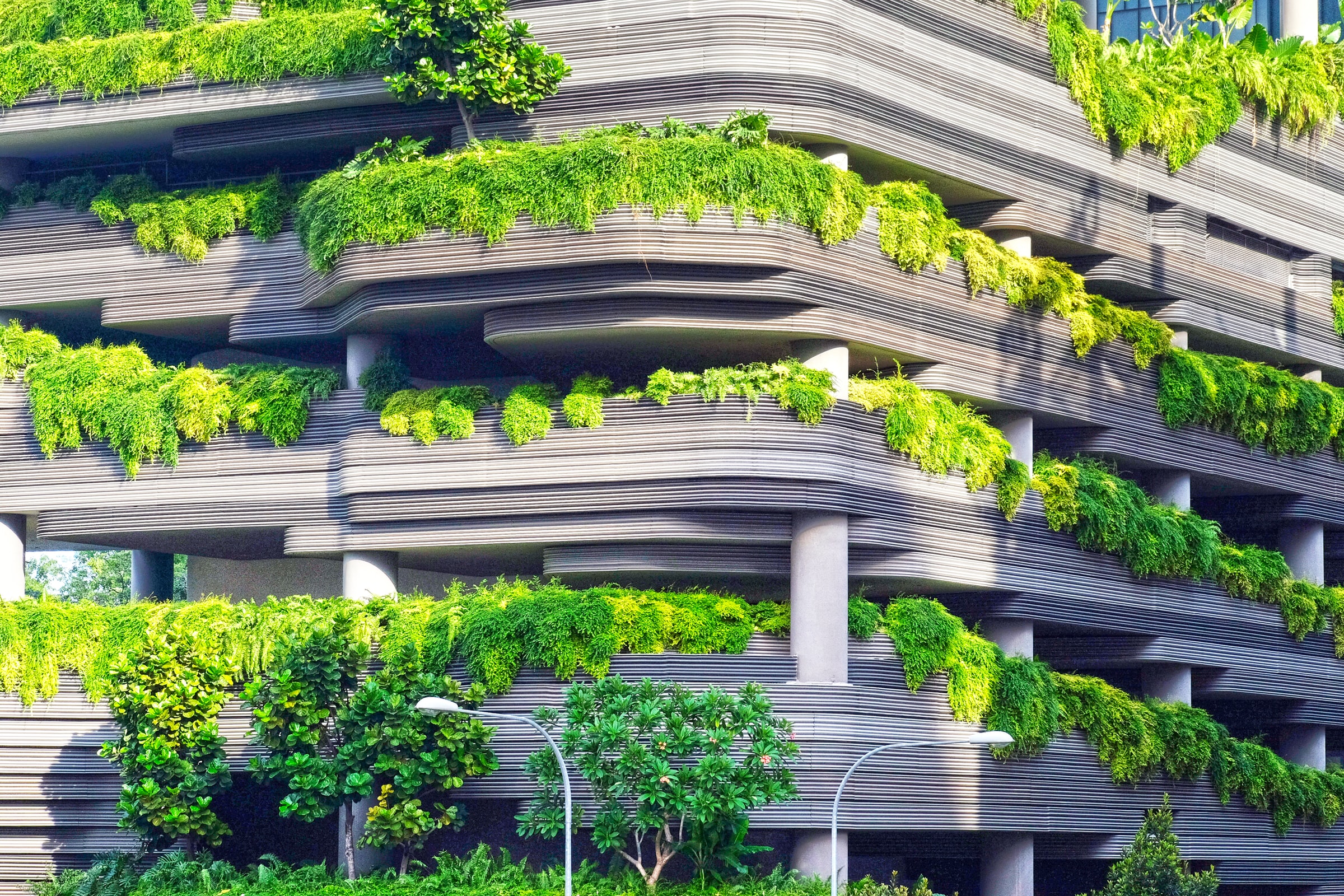
Architects and building companies agree on the importance of erecting buildings with “zero discharge” of water that are also autonomous in terms of energy. © Danist-unsplash
Correct governance and a look at our ancestors
Arditti insisted on the need of an immediate governmental reaction to prevent the crisis and Enrique Villanueva corroborated it: “We have alarming data all around the world. There is no hygiene without water and we cannot guarantee the universal access to it. The authorities must act and help architecture and the construction industry, key sectors to move in the right direction.” The Development Director of Pulso Inmobiliario pointed out: “We are more aware of the problem now and we must learn the lessons that are being given to us. We must ask ourselves: How can we act with regard to water?And instead of being alarmed, we must act, search for solutions and apply them and do it now.”
The architect Susel Biondi explained the situation in Peru, one of the countries that, along with Mexico, has a notable disparity in access to water and is especially threatened by the climate crisis. She highlighted one of the factors that has become more decisive when developing solutions: the ancient culture of communities. Peru is a well of pre-Inca and Inca water wisdom and this culture is a powerful tool for education and awareness: “Water management has always been deeply rooted in the Peruvian popular culture. Water is related to the ‘yacumama’, which means ‘mother of water’ in Quechua, and ancestors have left us works we must take as reference: lagoons, reservoirs, water systems and many infrastructures that provide us a guide for action.”
The architect mentioned the amunas, infrastructures that allow the collection of water obtained from the runoff of rain in the heights of the mountains, which could be similar to a “water sowing and harvesting” system, a model that shows a philosophy of respect and observation of nature that can be transferred to many areas that suffer hydric stress and where climate change is already adding pressure.
Architects and building companies agree on the importance of erecting buildings with “zero discharge” of water that are also autonomous in terms of energy, but also consider that an immediate governmental reaction is essential to prevent the crisis. All participants agreed that governance should speed up progress in the definition and dissemination of the international norms related to sustainability in the construction industry. And they all agreed that the education and awareness of citizens are essential factors for the real attainment of change and the design of solutions. David Cámara summarized the spirit of the meeting, embodied by the Smart Reaction initiative: “We are all aboard the same boat and we all need to row in the same direction. We are a fragile society, the pandemic has shown us that we are more fragile than we thought we were. The solution must be collective and the guiding thread of water, which has been strengthened, will show us the way.”


